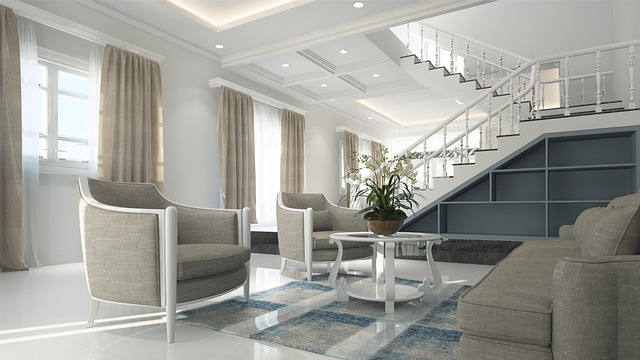If the last few years have taught us anything, it’s how much our homes shape the way we feel. They’re where we work, rest, eat, dream, and recover—often all in the same space. This shift has changed how people think about design. Homes aren’t being built just to look nice anymore; they’re being built to feel good.
This article explores how homeowners are redefining what comfort means, how personality is making a comeback, and why authenticity—not perfection—is the new design trend to watch.
—
### Key Takeaways
– Home design is shifting from perfection to personal comfort.
– Texture, color, and warmth are replacing cold minimalism.
– Small design changes can dramatically affect mood and focus.
– Real-world inspiration is thriving on communities like r/StyleYourSpace.
– A beautiful home is one that feels easy to live in, not just to look at.
—
### 1. Home as a Reflection of Life
For a while, interior design was all about appearances: crisp white walls, coordinated furniture, spotless countertops. But somewhere between remote work and endless screen time, we started craving something deeper.
Now, homeowners are designing for life, not for photos. There’s a new focus on texture, warmth, and function. Spaces are meant to be used, not staged. It’s less about perfection and more about personality—homes that show signs of real living.
—
### 2. The New Language of Comfort
Comfort means different things to different people, but it almost always starts with feeling safe and relaxed. That might be a soft throw blanket, warm lighting, or a favorite chair placed near the morning sun.
Designers are calling this shift “the return of humanity in interiors.” It’s not about grand makeovers—it’s about paying attention to the small sensory details that make a house feel alive.
Color plays a role too. Neutrals are warming up, with clay, cream, and olive replacing stark grays. These tones remind us of nature—calm, rooted, and familiar.
—
### 3. Function Meets Emotion
Open layouts, multipurpose rooms, and modular furniture are helping homes flex with our routines. A dining table doubles as a desk. A nook becomes a reading space or craft corner.
Design now starts with one simple question: How do you actually live? The best spaces answer that question honestly. They’re not showpieces—they’re support systems, shaped around how you move, work, and recharge.
—
### 4. Finding Inspiration in Real Spaces
Design inspiration isn’t coming from glossy magazines anymore; it’s coming from real homes shared online. Communities like r/StyleYourSpace have become gathering places for people to share how they make their homes warm and personal.
You’ll see a mix of styles: thrifted finds, DIY projects, and creative ideas that actually work in everyday life. It’s not about trends. It’s about honesty—showing the process, not just the finished product. That’s what makes it so refreshing.
—
### 5. The Role of Light and Layers
Light is one of the simplest ways to change how a room feels. Morning light makes a space feel fresh, while warm lamps add coziness. Layering both natural and artificial light creates balance.
Texture matters too. Linen, wood, wool, stone—the more natural the material, the more timeless it feels. These touches give your home a quiet sense of presence, the kind you can’t fake with décor alone.
—
### 6. Homes That Grow With You
A home isn’t finished once the paint dries. It evolves just like the people who live in it. The best design choices are flexible ones: furniture that moves easily, art that changes, colors that adapt to new moods and seasons.
A space that can change with you is one that stays alive.
—
### Closing Thought
We’re moving into an era where home design isn’t about impressing others—it’s about coming home to yourself. What matters most isn’t whether your space looks like a magazine spread. It’s whether it gives you room to breathe, rest, and reconnect.
Because a truly beautiful home doesn’t demand perfection. It gives you permission to live.
https://www.hometownstation.com/featured-stories/redefining-home-why-comfort-and-character-matter-more-than-ever-569697


